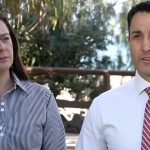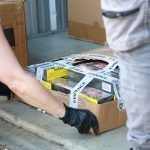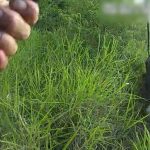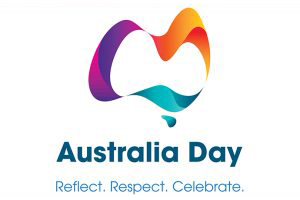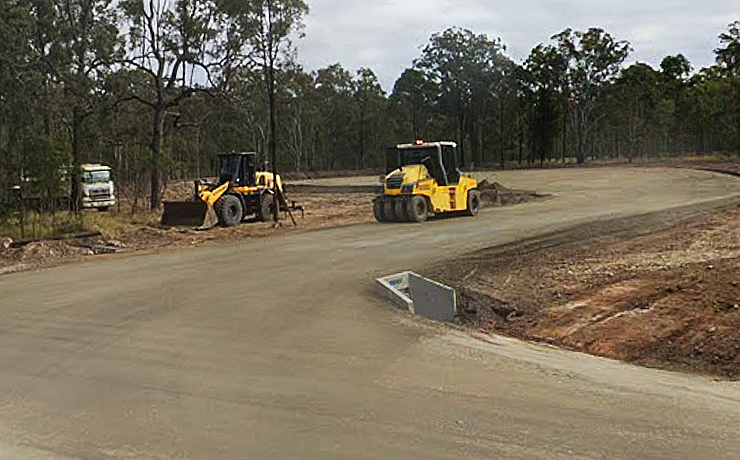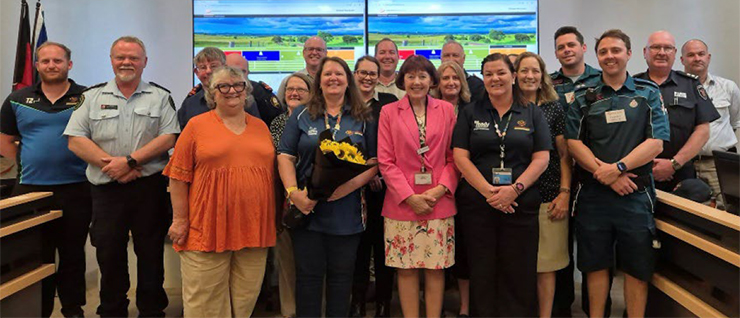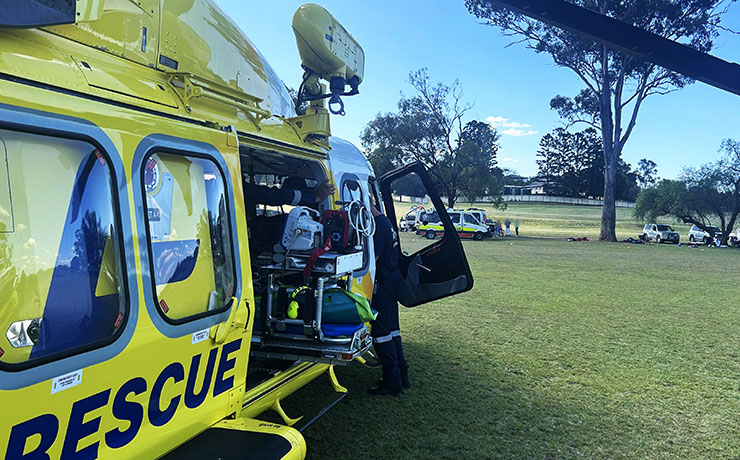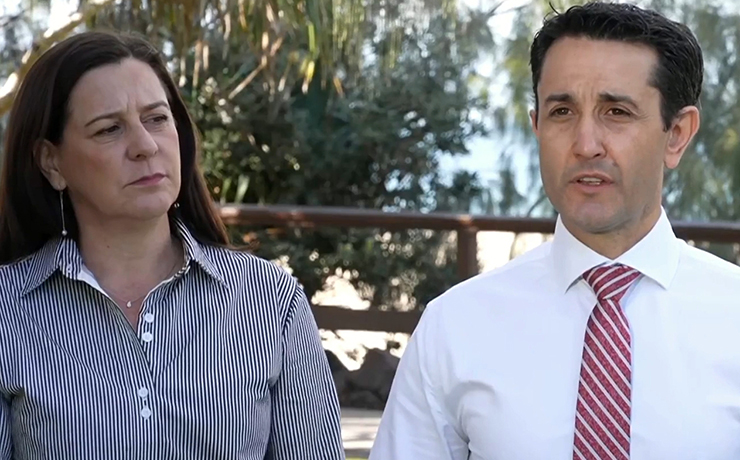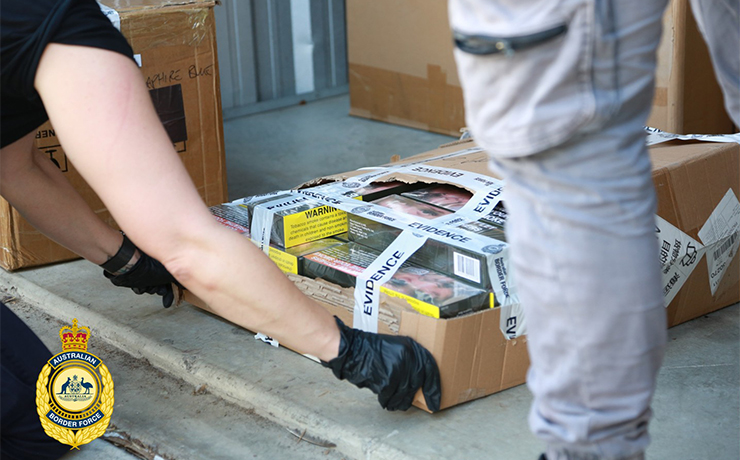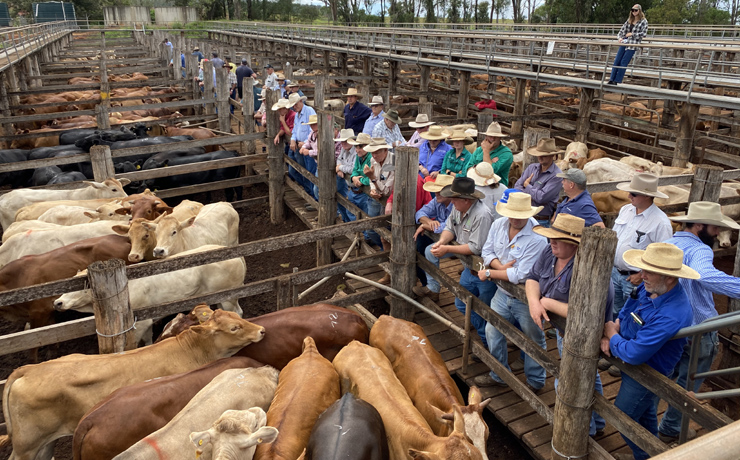
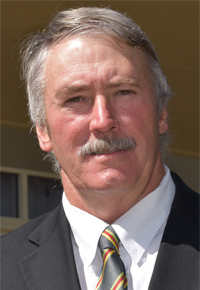
November 17, 2021
Coolabunia Saleyards have been losing an average $86,000 a year for the past five years, according to a new report prepared by a South Burnett Regional Council working group.
Depreciation of the saleyards adds another $30,000 each year to costs, bringing average total outgoings to $116,000.
The report notes the complex is currently being propped up by stud and specialty cattle sales, and is affected by low stock availability and a small catchment area.
It also notes that while Council staff are able to deal with day-to-day operational matters, bigger issues which involve strategic or management decisions are outside their scope.
As a result, there has been minimal marketing of the facility to lift throughput.
The complex also has had ongoing issues with regulation, animal welfare and effluent disposal.
Dangerous catwalks and problems with escaping livestock were also issues of concern.
The long-term future of the complex was also clouded due to the steady rise of online cattle sales which pose a threat to traditional saleyards operations nationwide.
The report observed the SBRC has been reluctant to “share the story” of the saleyards with ratepayers to get their views.
It also identified several untapped income opportunities at the saleyards, including:
- Using the washdown bay as a weed hygiene facility to create a possible income stream,
- Offering the saleyards’ canteen as a future business opportunity to a leaseholder,
- Disposal of the vacant 2.5 hectare allotment next to the saleyards, which was previously used for animal disposal, and
- Investigating grant funding opportunities to upgrade the facility.
The report was prepared by the Coolabunia Saleyards Working Group in early October.
The Working Group’s formation followed the failure of a Council application to the Building Better Regions Fund for grant funding to upgrade the facility, and previous attempts in recent years to lease or sell the saleyards to independent operators.
The Working Group – made up of Crs Danita Potter and Scott Henschen and Council officers Mark Watt, Michael Hunter and Denise Whyte – conducted a SWOT analysis to establish the broader issues, priorities and risks associated with the facility.
A summary of the analysis and an Action Plan were presented to the Council’s Community Standing Committee meeting last week.
The Working Group recommended their report be received, and Council adopt the Action Plan, as amended.
Action Plan activities include reviewing online and automated transaction methods, installing EFTPOS at the saleyards, investigating the reuse of effluent material, and preparing a draft capital expenditure plan for consideration by Council.
Others included preparing a revised schedule of fees and charges based on market rates – expected to be introduced in early 2022; considering the inclusion of saleyards benefits in the South Burnett Agriculture Strategy; and reviewing facilities to expand use of the saleyards for specialty and stud cattle sales.
They also recommended the group be directed to continue to develop and implement the Action Plan, with updates to Council on a regular basis.
Cr Henschen spoke in favour of the recommendations, saying he believed the saleyards were an important asset.
He thought some upgrades suggested in the Action Plan – if implemented – could see a greater uptake of the facilities by breeders who were avoiding the saleyards right now because of its run-down condition.
Cr Henschen also encouraged other councillors to get involved in the Working Group.
The motion to accept the recommendations was carried unanimously.
* * *
In October, South Burnett Regional Council received $19,992 under Round 5 of the Federal Government’s Building Better Regions Fund Community Investments Stream to develop a South Burnett Agriculture Strategy.
This project aims to develop a regional agricultural strategy which will align with the Federal Government’s Ag2030 plan, State-based and other regional strategies to set priorities for 2022-2027.
[UPDATED]








